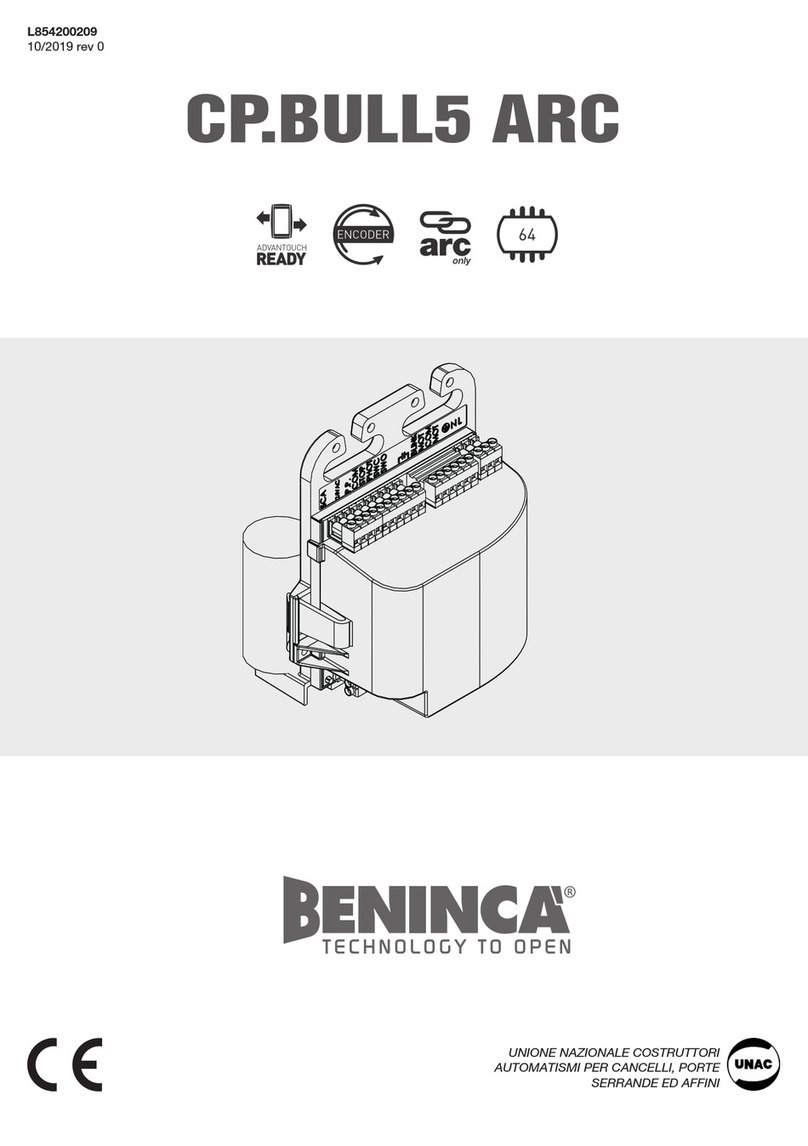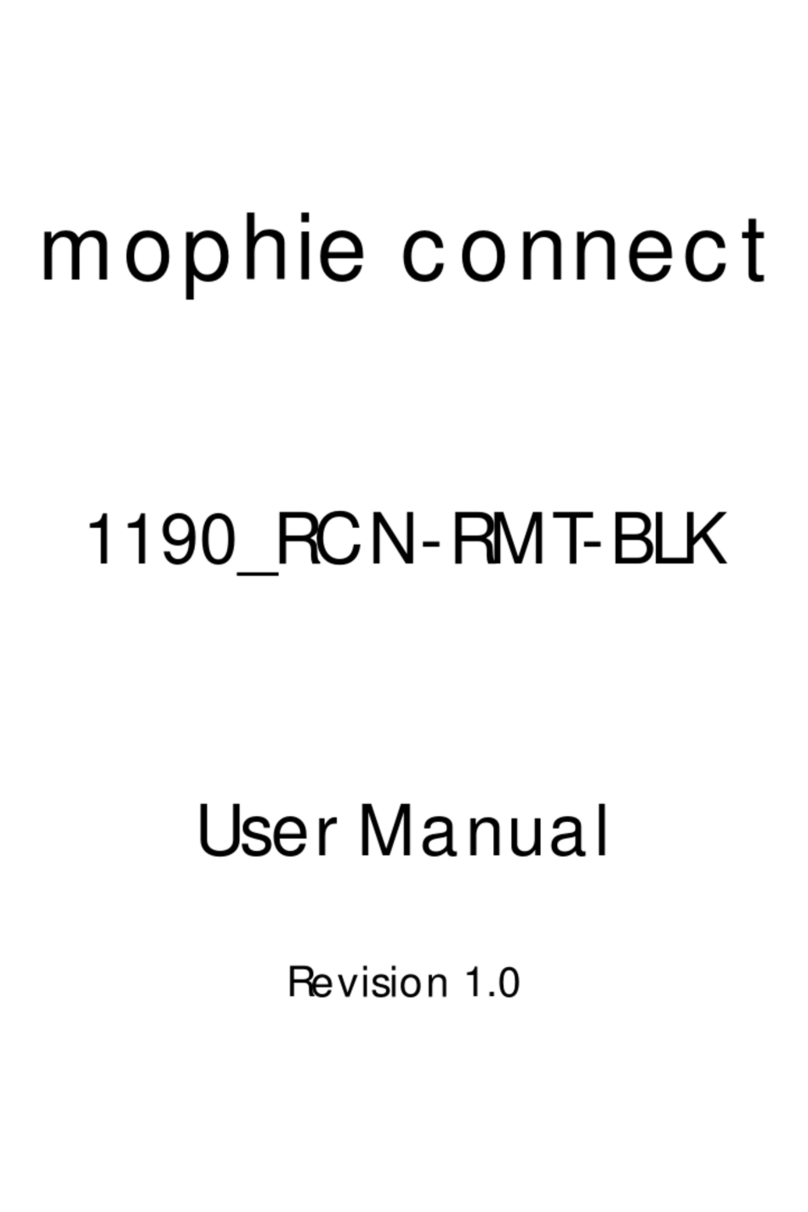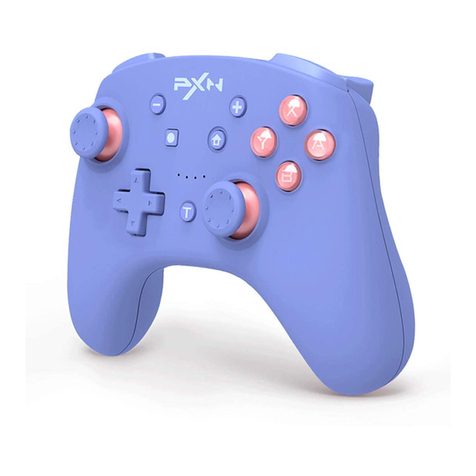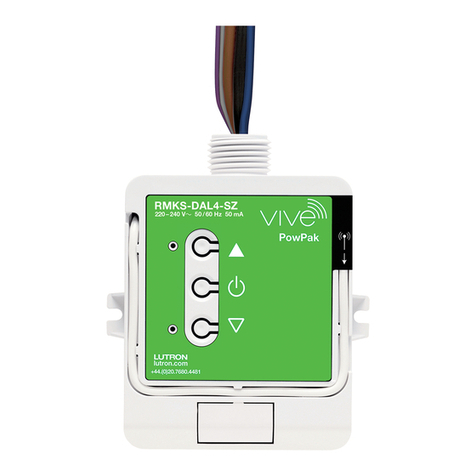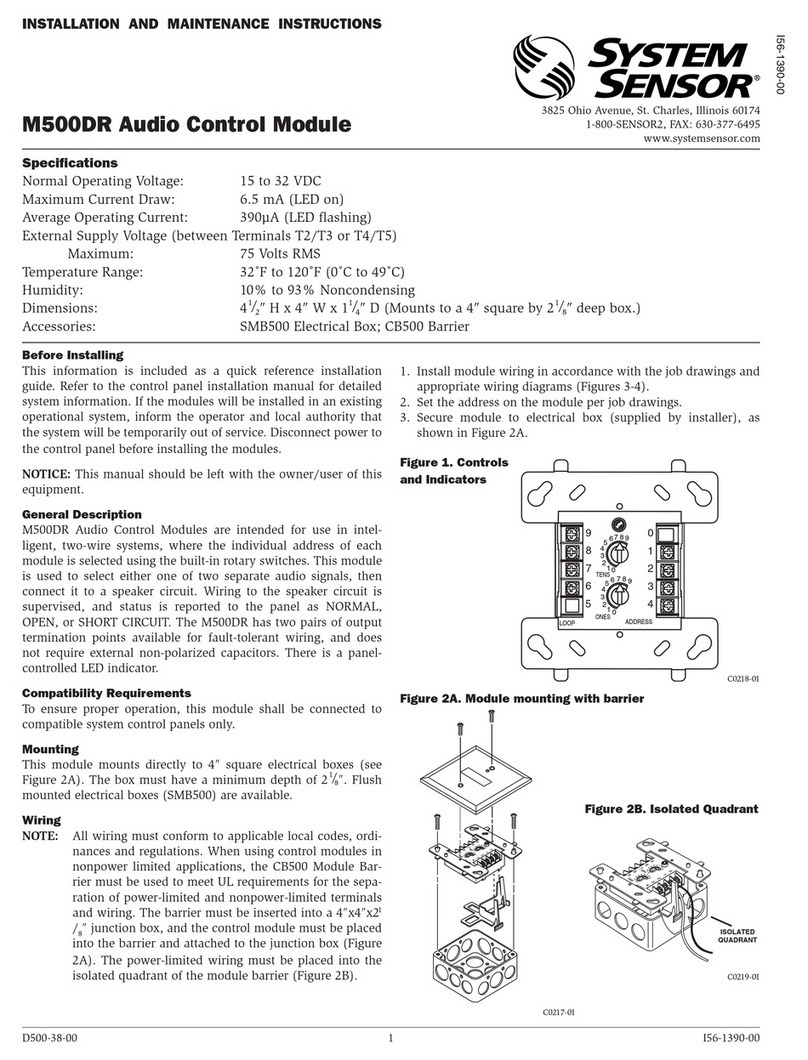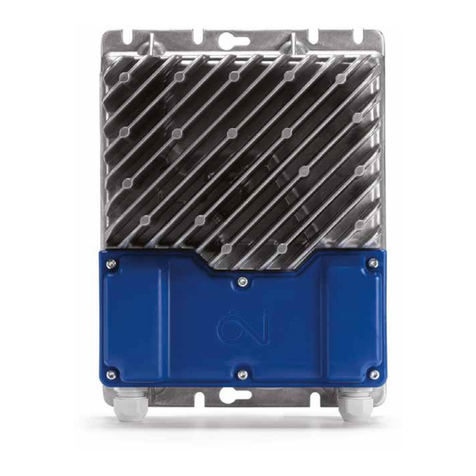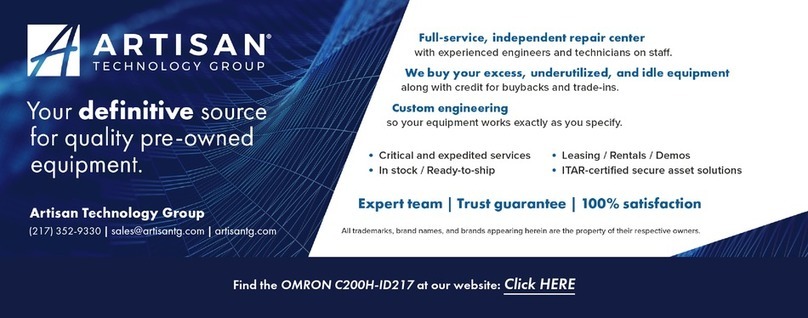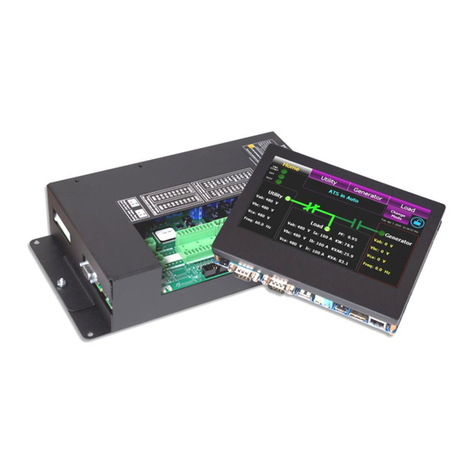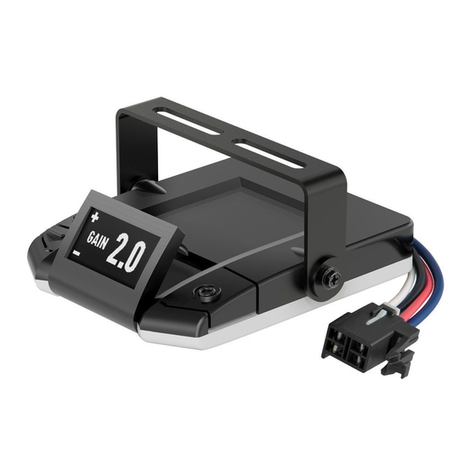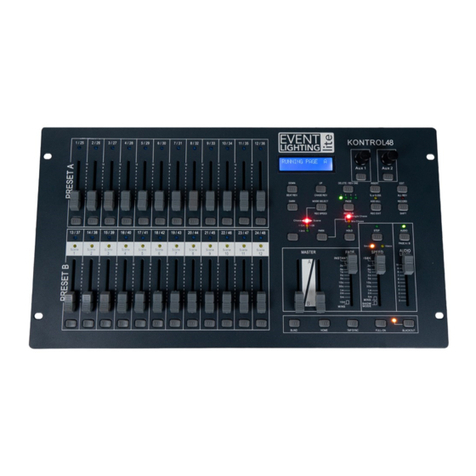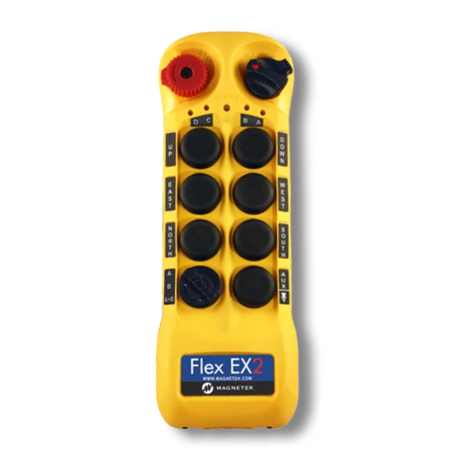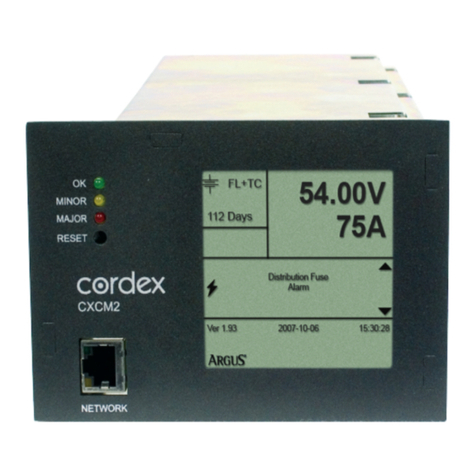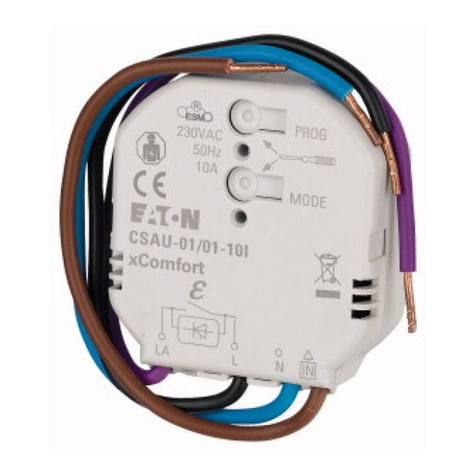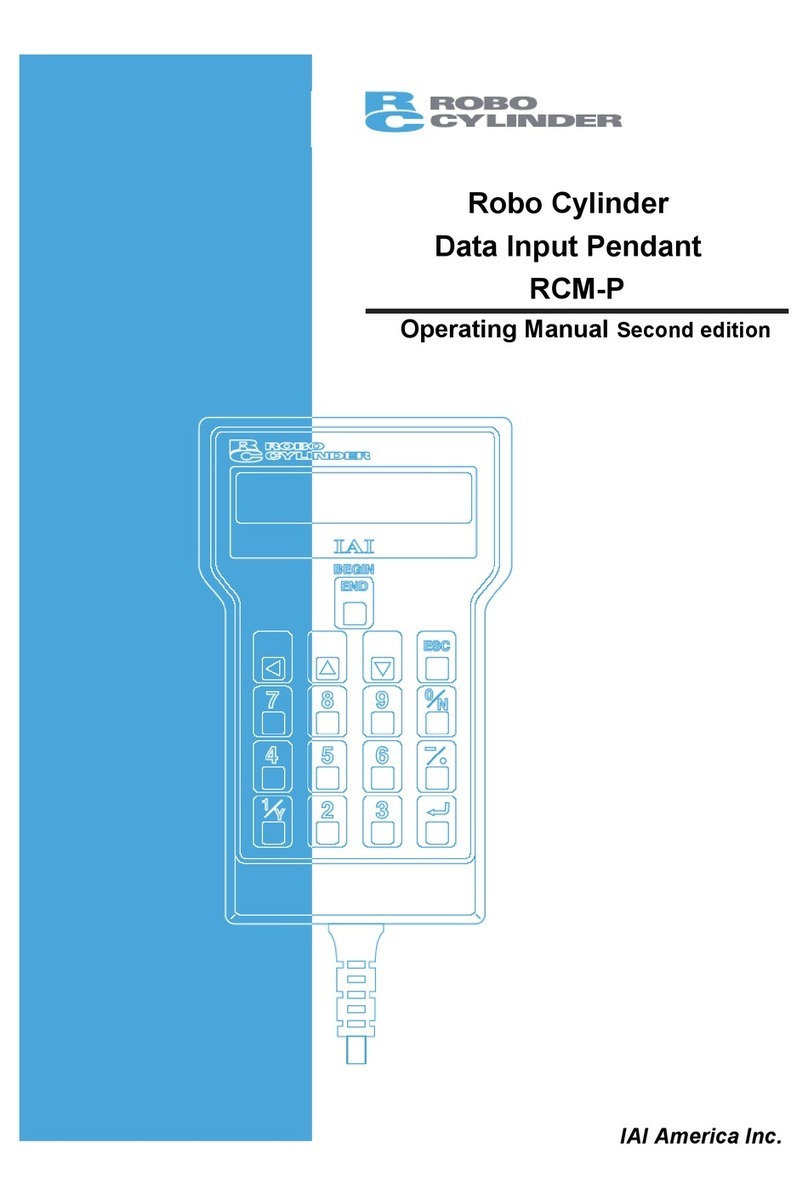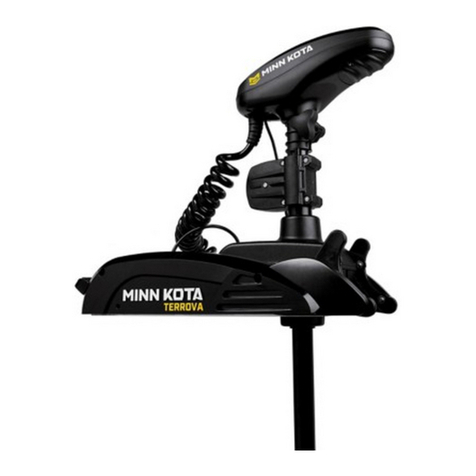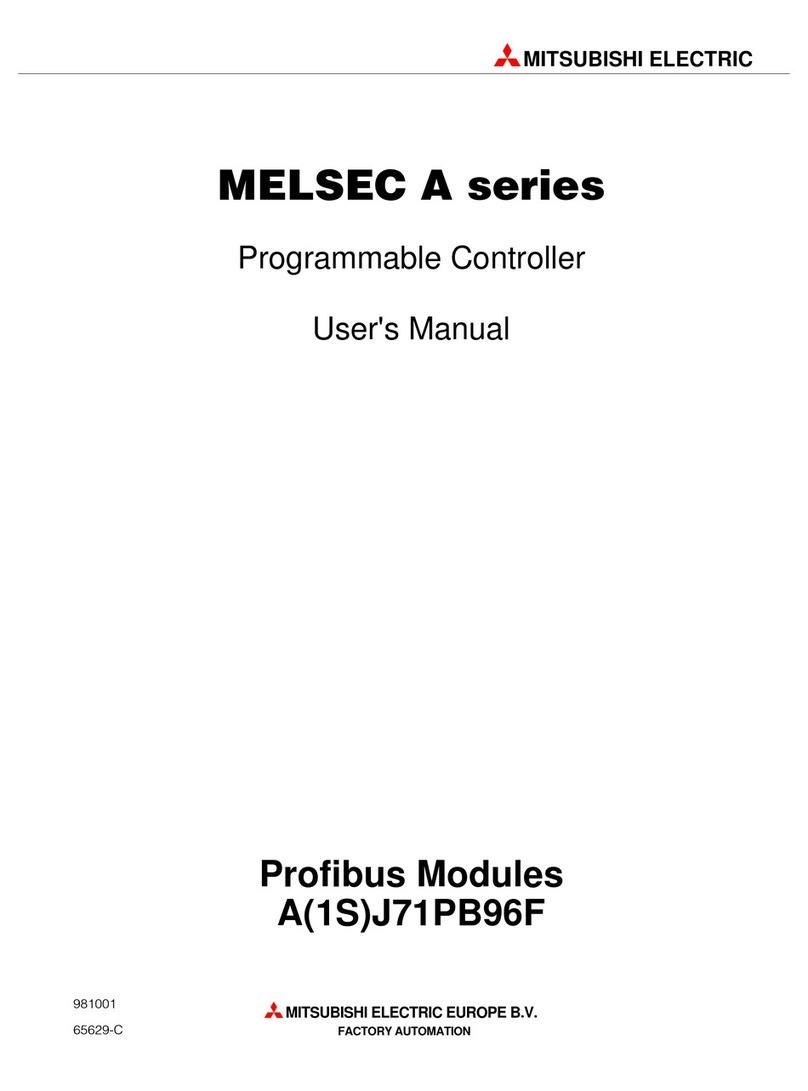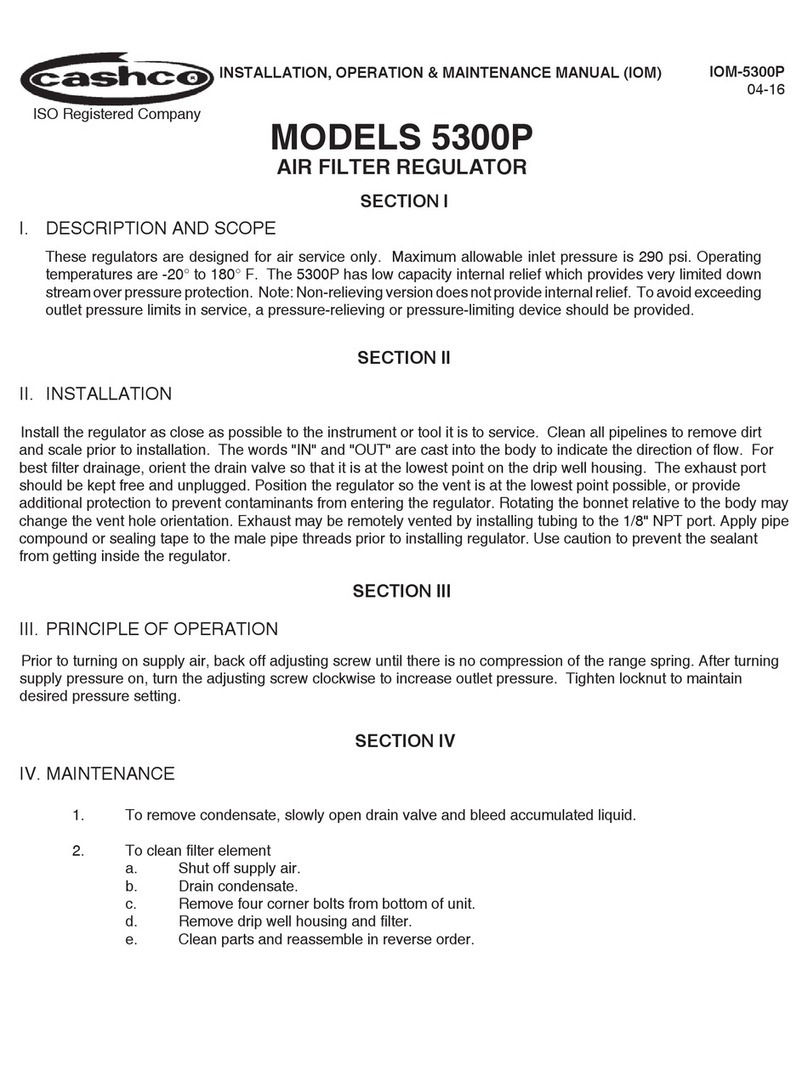
8 BIT DMX vs 16(12) BIT DMX
8 bit DMX is a single channel that will produce 256 (0-255) discrete pulse widths.
In 16 bit DMX , 2 channels are used, they are linked together to form a 16 bit “word”.
The first channel is the “coarse” adjustment and the second channel is the “fine” adjustment.
This is not the same as two adjacent channels where they are acting independently.
For example, assume that you are moving the servo from zero to 90°.
At the beginning, both the coarse and fine channels are at 0. As you start the move, the fine
channel increments from 0-255. When the fine channel reaches 255, it resets to zero and the
coarse channel increments from 0 to 1. The process then repeats, incrementing the coarse channel
until the first 4 bits of the coarse channel are set.
The SRV08 uses 12 bits This gives the servo a total of 4096 possible pulse widths, resulting in
much more precise control. The advantage of 12-bit resolution is the smoothness of the movement
and precise placement.
To get full resolution with 4096 steps requires a quality servo and tight linkage. If you are trying to
sweep 90°, that would be .021° per step. That is not that easy to even measure. Any slop/backlash
in the internal gears of the servo or external linkage might appear to be a missed step or
inconsistent movement.
A cheapo analog servo might not resolve such fine steps.
Analog servos have what is called a 'deadband'. This is the amount of variation in the pulse width
that has to occur before a change in position. If the deadband is too narrow, the servo could
oscillate due to noise and consume more power than required. If the deadband is too wide the
servo will not be as sensitive to changes in the pulse width.
According ti HiTec , standard (Analog) servos have a deadband of around 8us and high
performance servos have a deadband of 1~3us.
The point is that 'analog' servos have a finite resolution.
A 'digital' servo will also have a deadband that will limit its ultimate resolution. however many can be
set to very low or 0 deadband.
Warranty
Northlight Systems warrants this product against defects in materials and workmanship for a period of 1 year.
Returns Policy
If there is a defect, we will repair or replace the product at out discretion.
We offer a full refund on the purchase price if returned in original, unused and “like new”, condition in less than 30 days.
Return the product with a description of the problem. Free repairs are for defective parts or workmanship only.
Repairs due to improper hookup, over voltage, short circuits, physical damage etc., will be charged to the customer.
Northlight will repair any circuit board for a flat fee of $20.00 plus return shipping.




